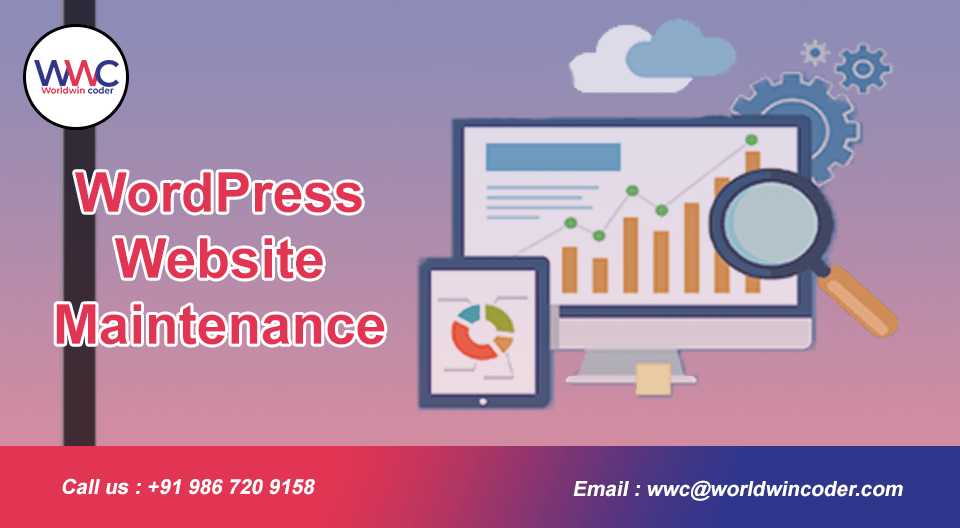WordPress is a powerful and versatile content management system that powers over 40% of websites on the internet. While it’s known for its reliability, you might still encounter issues or need to repair your WordPress site at some point. Whether it’s a white screen of death, broken plugins, or a hacked website, knowing how to troubleshoot and repair WordPress is essential. In this guide, we’ll explore common issues and provide tips on how to repair your WordPress website.
1. Diagnosing the Problem
The first step in repairing your WordPress site is identifying the problem. Common issues include:
- White Screen of Death: When your website displays a blank white screen with no error message.
- Plugin or Theme Conflicts: Issues arising from incompatible plugins or themes.
- Database Connection Errors: Problems connecting to your site’s database.
- Hacking and Security Breaches: Unauthorized access or malware infections.
2. Back Up Your Site
Before making any repairs, always back up your WordPress site. Use a reliable backup plugin or your web hosting’s backup service to ensure that you can restore your site if anything goes wrong during the repair process.
3. Fixing the White Screen of Death
The white screen of death can be caused by several factors. To fix it, try the following:
- Disable Plugins: Sometimes, a problematic plugin causes the white screen. Deactivate all plugins and reactivate them one by one to identify the culprit.
- Switch Themes: Change to a default WordPress theme like Twenty Twenty-One to rule out theme-related issues.
- Increase Memory Limit: Edit your
wp-config.phpfile to increase PHP memory limits.
4. Resolving Plugin or Theme Conflicts
To repair issues related to plugins or themes, follow these steps:
- Disable Plugins: Deactivate all plugins and reactivate them one by one, checking for issues after each activation.
- Update Themes and Plugins: Ensure your themes and plugins are up to date, as outdated software can lead to compatibility problems.
- Check for Conflicts: Use a plugin like Health Check & Troubleshooting to identify conflicts and isolate them.
5. Fixing Database Connection Errors
Database connection errors can be resolved by checking your database configuration in wp-config.php. Make sure your database credentials are correct and up to date. If you’re not sure, contact your hosting provider for assistance.
6. Dealing with Hacking and Security Breaches
If you suspect your WordPress site has been hacked, take these actions:
- Change Passwords: Update your WordPress and hosting account passwords.
- Scan for Malware: Use security plugins like Wordfence or Sucuri to scan and remove malware.
- Restore from Backup: If the damage is extensive, consider restoring your site from a clean backup.
7. Regular Maintenance and Security
Prevention is key to avoiding future issues. Implement these best practices to keep your WordPress site healthy:
- Regular Updates: Keep your WordPress core, themes, and plugins up to date.
- Security Plugins: Install a reputable security plugin to monitor and protect your site.
- Strong Passwords: Use complex passwords and two-factor authentication.
- Backups: Regularly back up your website to ensure data safety.
Conclusion
Repairing WordPress doesn’t have to be daunting. With the right tools and knowledge, you can address common issues and maintain a secure and functional website. Remember to back up your site, diagnose the problem, and follow best practices for preventing future issues. WordPress offers a vibrant community and extensive resources, so don’t hesitate to seek help or advice if you run into complex problems. Your website will be up and running smoothly in no time.

